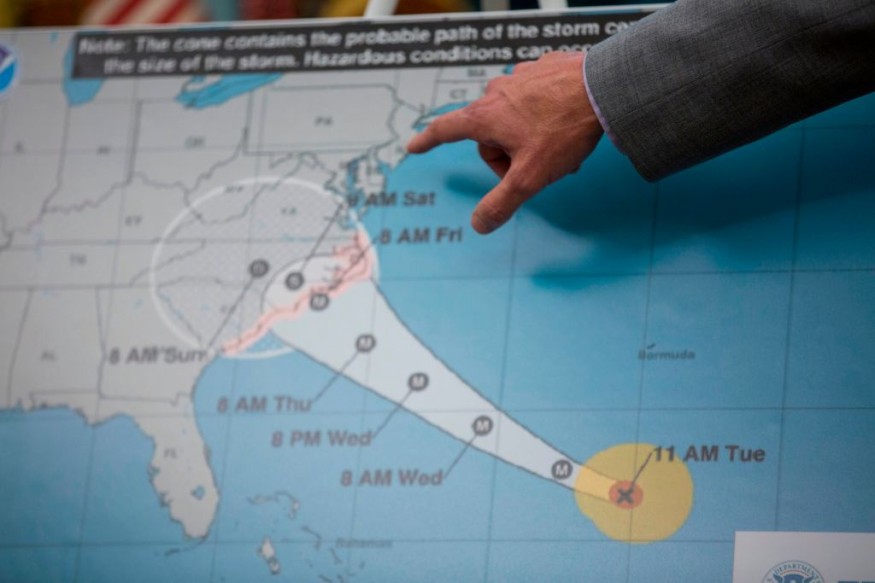Tropical systems, with the potential to become a storm or a hurricane, developed off the coast of the Southeast U.S. ahead of the Atlantic hurricane season, according to the latest U.S. weather forecast by AccuWeather meteorologists, who are eyeing the waters near the region, the Gulf of Mexico, and the Atlantic Ocean.
Should the weather disturbances continue, rainfall and flooding events are possible in Florida and its adjacent states.
Caribbean countries below the Sunshine State are also susceptible to the brewing systems. In the coming hours and days, these weather events could occur as early as the coming week.
The 2023 Atlantic hurricane season will start on June 1 and span until November 30, as it does each year.
During this period, the formation of tropical storms and hurricanes is frequent and strong in intensity.
In recent years, devastating hurricanes have impacted the Southeast, even the South US, and other parts of the East Coast.
Southeast US Tropical Systems

Tropical systems have developed over the waters close to the southeastern coast of the U.S. as of Saturday, May 20, AccuWeather meteorologists reported.
The pre-season tropical development has been occurring in recent years, according to the report.
With this, AccuWeather meteorologists are closely monitoring the waters surrounding the Southeast U.S. until the last week of May and until early June for potential tropical activity.
Also Read : Tropical Storm Nalgae Brought Heavy Rains to Philippines, Causing Flooding and Evacuations
First Tropical Wave
In relation to the AccuWeather forecast, The Palm Beach Post on Friday, May 19, said the National Hurricane Center (NHC) continues to monitor the current season's first "tropical wave" in the eastern Atlantic Ocean, adding the wave is now almost stationary and only moved a little overnight.
The NHC also stated no tropical cyclone formations are anticipated in the next seven days.
Going back early this year, the U.S. hurricane agency also monitored a short-lived subtropical storm during mid-January, wherein it has become the first pre-hurricane storm but did not affect any mainland, according to the Florida-based newspaper.
2023 Atlantic Hurricane Season
Last year, the National Oceanic and Atmospheric Administration (NOAA) issued its forecast for the 2022 Atlantic hurricane season, which it described to be having above-average storms in terms of frequency.
However, this year's upcoming season will seem to be lesser compared to the previous one, according to some experts.
In April 2022, the Colorado State University (CSU) predicted that the 2023 Atlantic hurricane season will experience a "slightly below average" period with a total of only 13 named storms and hurricanes making landfall, Forbes reported.
The CSU team estimated that among the six hurricanes, two will become major hurricanes. In previous hurricane seasons in the U.S., major hurricanes had downed trees, and power lines, and caused widespread destruction across the country.
In late September 2022, a Category 5 Atlantic hurricane nicknamed "Hurricane Ian" became the deadliest hurricane to strike Florida after it killed at least 139 people and resulted in more than $100 billion worth of damage, according to reports.
© 2025 NatureWorldNews.com All rights reserved. Do not reproduce without permission.





